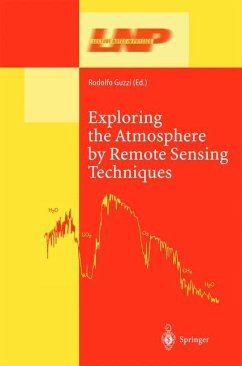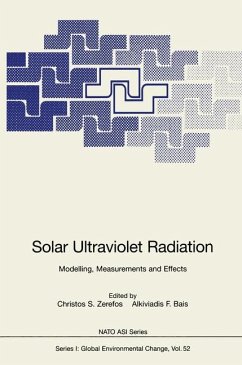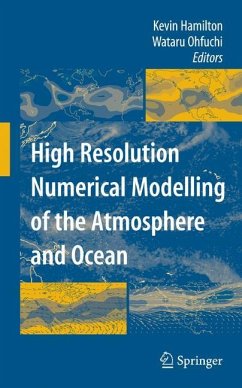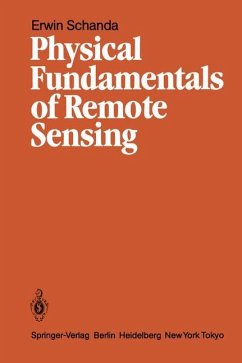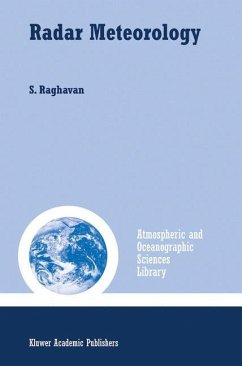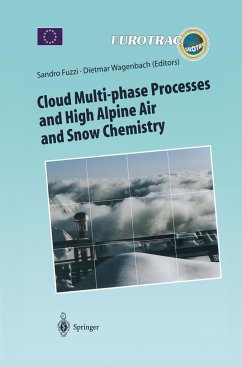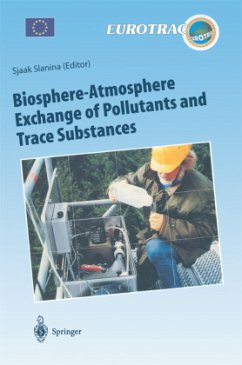
Lidar
Range-Resolved Optical Remote Sensing of the Atmosphere
Herausgegeben: Weitkamp, Claus

PAYBACK Punkte
96 °P sammeln!
Written by leading experts in optical radar, or lidar, this book brings all the recent practices up-to-date and covers a multitude of applications, from atmospheric sciences to environmental protection. Its broad cross-disciplinary scope should appeal to both the experienced scientist and the novice in the field. The Foreword is by one of the early pioneers in the area, Herbert Walther.
Soon after the laser was invented it became obvious that this new inst- ment, providingvisibleandinfraredradiationwithhighintensitydensity and small divergence, would be a great tool for remote monitoring of atmospheric properties by radar-like methods. The lidar method (li for light instead of ra for radio) is thus practically as old as the laser itself. In the beginning, measurements using light scattering of aerosols and dust particles were at the focus of attention, e.g., for investigating v- ibility or cloud heights. As lasers became more intense, and systems for detecting backscattered light more sensitive, Rayleigh scattering was also studied to allow parameters such as variation of the total air pressure or clear air turbulence to be investigated. Furthermore, Raman scattering allowed limited selective detection of gas constituents of the atmosphere. Increasing sophistication of laser systems made it possible tostudytraceconstituentsoftheatmosphere; thiswasthecaseassoonasfrequency-tunablelasersystems, eitherline-tunableorcontinuouslyt- able, became available. This made selective absorption and ?uorescence accessible for detecting trace constituents with a sensitivity suf?ciently high to be useful. Improved methods such as the differential absorption method were alsoinventedandusedtomonitortraceconstituentsoverlargedistances.





